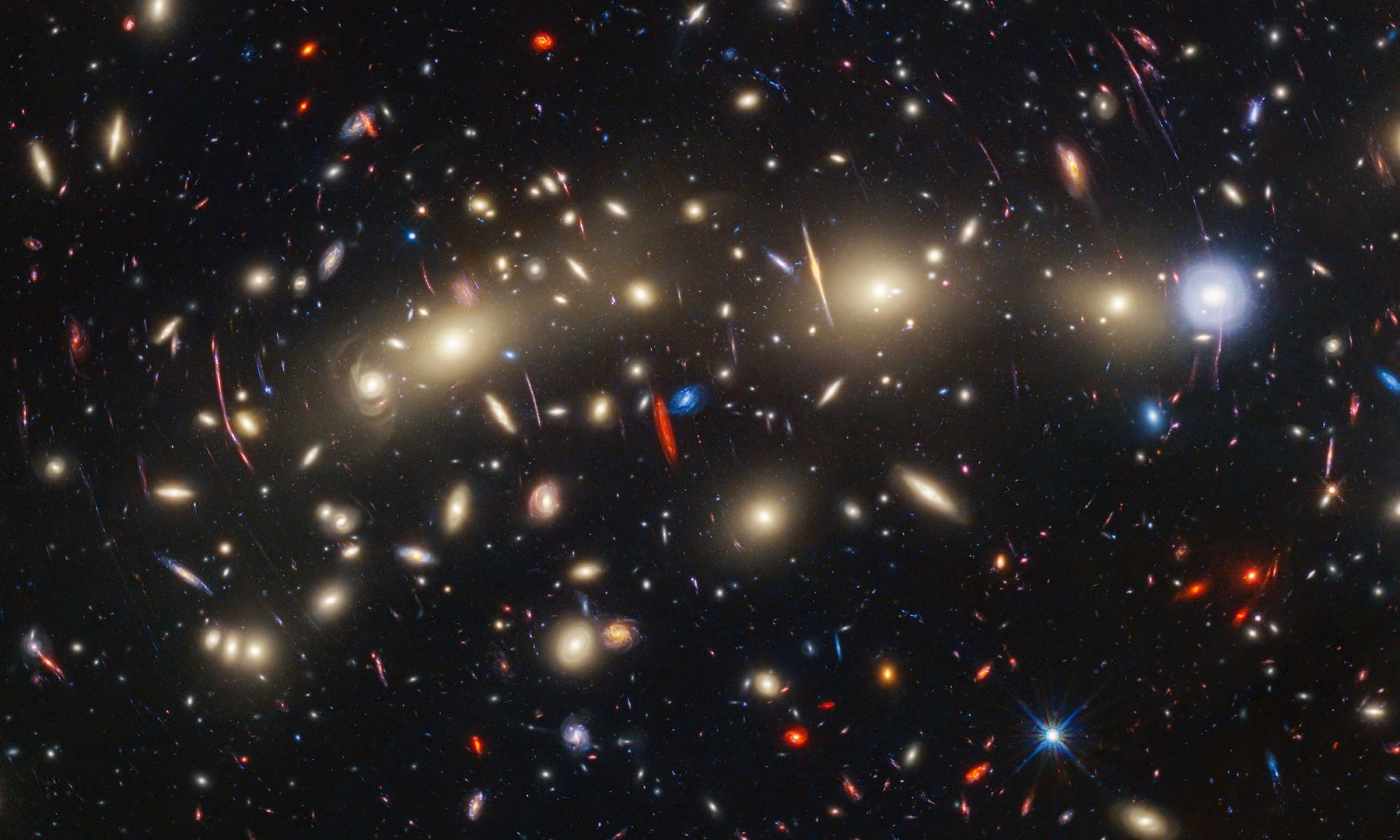Astronomers working with the JWST found a dwarf galaxy they weren’t looking for. It’s about 98 million years away, has no neighbours, and was in the background of an image of other galaxies. This isolated galaxy shows a lack of star-formation activity, which is very unusual for an isolated dwarf.
Most isolated dwarf galaxies form stars, according to a wealth of observations. What’s different about this one?
Continue reading “The JWST Discovers a Galaxy That Shouldn’t Exist”

